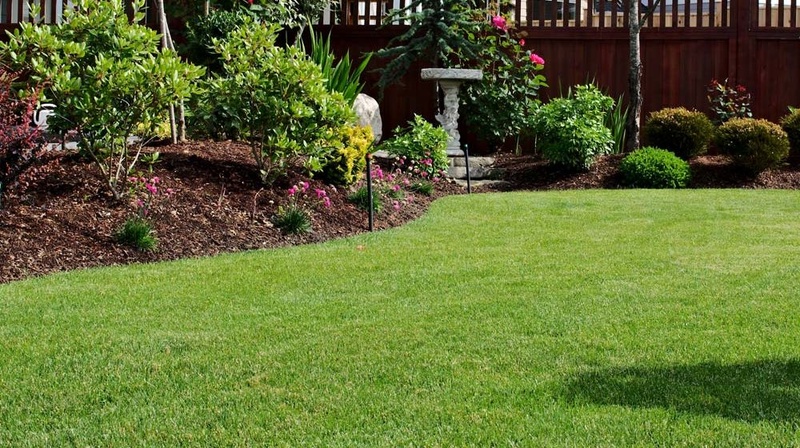
Earthworks: Adding Contours to Your Landscaping
An earthwork such as a berm or mound can add pleasing contours to a flat Florida yard. Installing one takes a little planning, a little ground prep, and a lot of dirt. The first question to ask yourself is if your property has room for one.
Never heard the term “earthworks” before? Here’s one definition: “A large artificial bank of soil, especially one used as a fortification.”
Most of us don’t need fortifications in our Florida yards. The first part of the definition—artificial banks of soil—is what we’re talking about here.
Berms and mounds are man-made soil banks that add attractive contouring to landscapes. Most often seen on commercial properties—amusement parks, public gardens, upscale hotels, and business complexes—berms and mounds can also be installed in residential landscaping on a smaller scale.
First Things First
You may love the idea of adding a berm or a mound to your landscaping. Address the questions below first to determine if the project is feasible.
- Do you have enough space for such a construction?
- What will you fill your earthwork with?
- Will you need to move any sprinklers?
- How will the earthwork impact your yard’s drainage?
Berms and mounds need enough real estate to accommodate their slopes as well as their tops. Slopes can’t be steep, or they will erode, and plants will have a tough time staying put.
Most residential earthworks are 18 to 24 inches tall. (That’s right—they are not mountains. Remember, the purpose of earthworks is to add pleasing contours, not to recreate the Rockies.) A berm should be four to six times as long as it is wide.
Regarding the fill: earthworks require piles of dirt, and dirt is expensive. Do a little research, so you know how much you’ll pay for the soil to fill your berm or mound. Alternatively, if you know someone excavating for a pool installation, you may be able to get the dirt for free. (Berms and mounds can also be constructed with rubble or gravel, then clay, then topsoil.)
About sprinklers: build the earthwork around sprinkler heads or move the sprinklers. Be sure that a berm doesn’t block a sprinkler’s spray pattern or you could end up with dead plants in front of or behind the berm.
Regarding the natural drainage in your yard: will the new earthwork alter it? You don’t want to block natural water channels or end up with water diverting to a neighbor’s property or another undesired place. You may need to adjust the location of the berm to a position where it doesn’t impact drainage patterns, or you may need to take measures to mitigate its impact.
How to Build Your Earthwork
With spray paint or a piece of rope, outline the shape of the berm on the grass. Create a kidney shape or a loose “s.” Organic forms are best because they look natural.
By hand or with a sod-cutter, remove the sod inside the outline. Put down gravel, rubble, or fill dirt as a base layer. Water it and walk on it so that it compacts.
Add more fill dirt (or a layer of clay over the gravel or rubble), and water it and compact it. Begin to massage the sides into a slope with a shovel or rake.
Put on a final layer of topsoil and finalize the slope. Make sure the grade transitions smoothly into the surrounding turf. Water again. (Note: don’t grade a slope into a tree’s drip line. Tree roots extend to its drip line, and you shouldn’t disturb those roots.)
Install sod (buy squares or plugs from a sod farm, landscape supply company, nursery, or a home improvement store) or plants and mulch.
Finally, enjoy your new earthwork and be prepared for the neighbors to copy you!